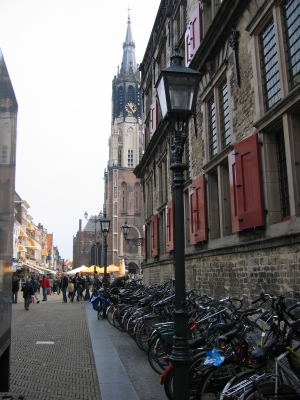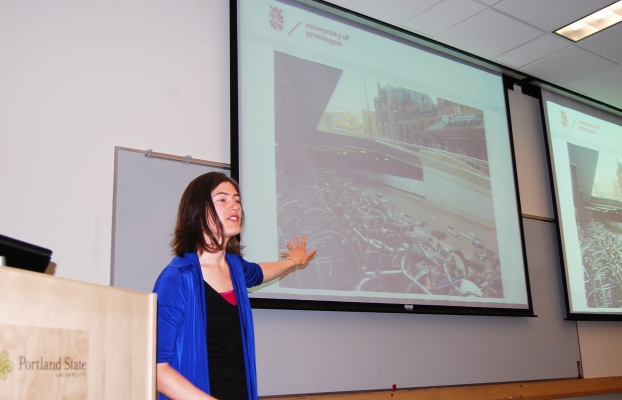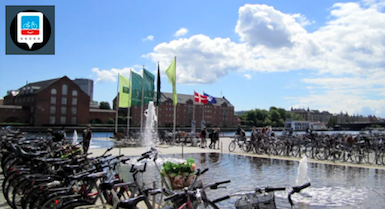Most people in transportation circles have heard all about the Netherlands as a bicyclist’s mecca, a place where thirty-five percent of the population regularly commutes by bike. What may be less commonly known is how recent this achievement is.
In 1967, bicycling in the Netherlands was “tantamount to attempting suicide,” according to Amsterdam’s chief inspector of traffic police.
Today, the Netherlands is the safest place in the world to operate a bicycle, based on injury and fatality rates per miles traveled. In less than fifty years, their bicycle safety rates have soared and the Dutch have built a bicycle infrastructure that is the envy of the rest of the world. How did they do it?
Could Americans possibly do the same?
That’s what Portland State University transportation students aim to find out.
When PSU student Kirk Paulsen signed up to spend two weeks in the Netherlands as part of the first PSU civil engineering study abroad program, he wasn’t sure what exactly he might get out of it, but knew that he wanted to see famed Dutch bicycling facilities for himself. Paulsen was one of seven transportation students in the pilot class of 2011, and now has this to say about the experience:
“This short study abroad course is by far your best opportunity while enrolled at PSU to observe real world...
Read more


